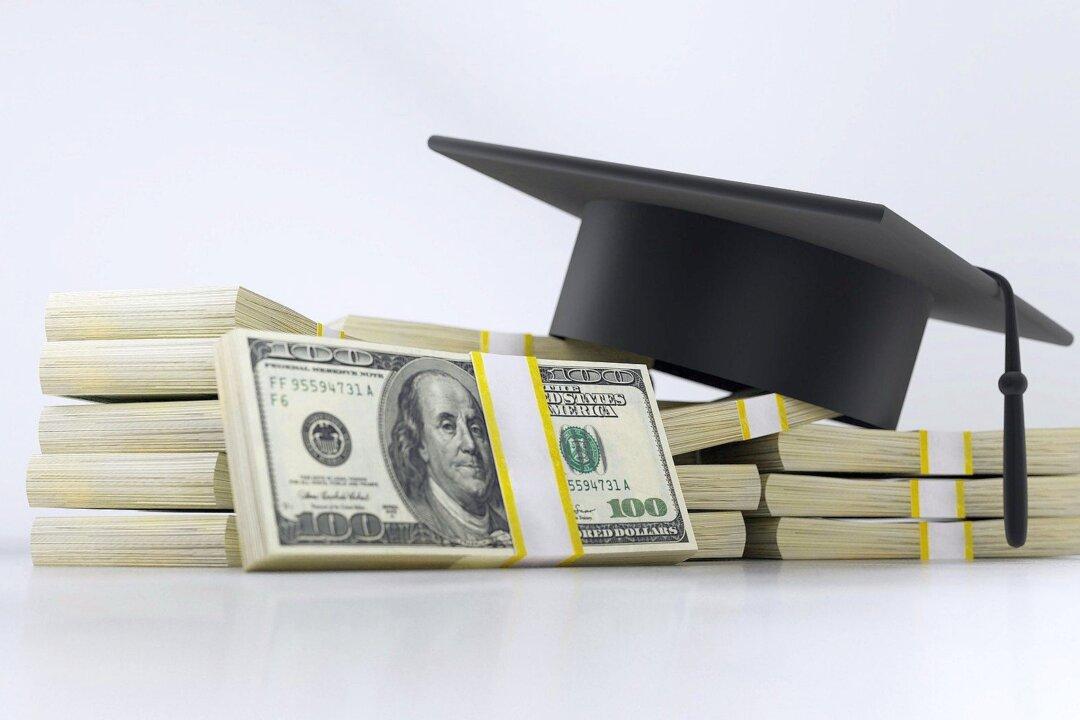 By Entrepreneur Staff
By Entrepreneur Staff
A college education in the United States might be expensive, but it’s still accessible to many American students thanks to federal student loans. The only problem: It can be tough to know which student loans to choose from, mainly subsidized vs. unsubsidized student loans.If you’re unsure what to borrow or the difference between these student loan types, you’ve come to the right place. Read on for more information about subsidized and unsubsidized student loans.






